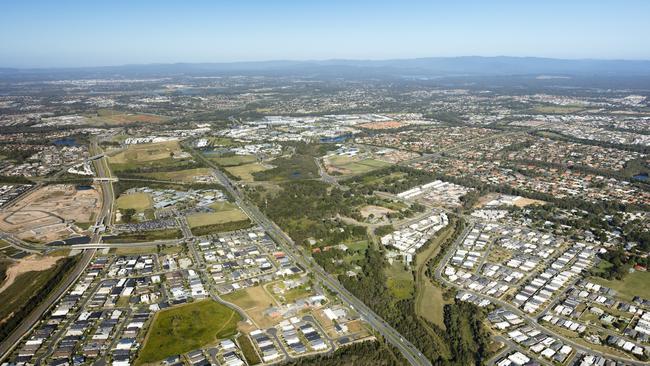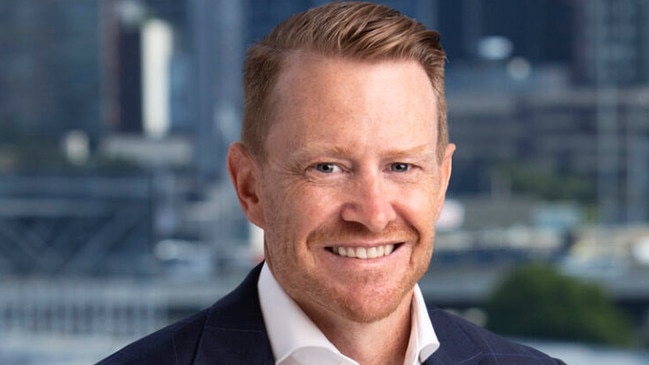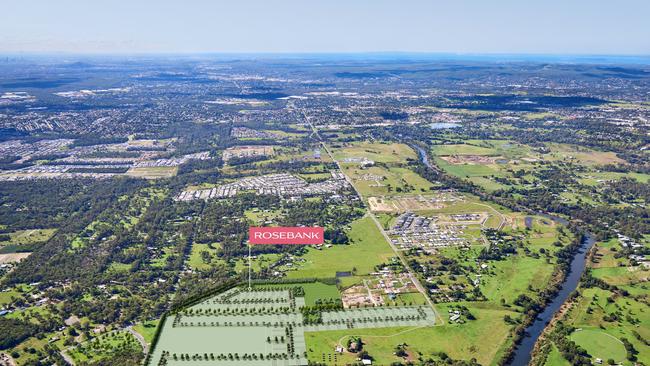RPM Group report says median income families can afford only 5 per cent of homes in region
A new report has found that only 5 per cent of homes in southeast Queensland are affordable to families on a median income.

Business
Don't miss out on the headlines from Business. Followed categories will be added to My News.
The housing affordability crisis in southeast Queensland has become so severe that family households taking in an average wage of just under $2000 a week can only afford 5 per cent of houses sold in the past 12 months.
A new RPM Group report shows that affordability based on the median southeast Queensland income drops to just 5 per cent for families with children on a salary of $1954 a week and rises slightly to 7 per cent for those without.
In a sobering analysis of the housing crisis in the region, RPM has urged the Queensland government and councils to focus on facilitating more greenfield communities (residential land) that it believes will allow future generations to get onto the property ladder.
Among the key findings of RPM’s South-East Queensland Greenfield Market Report for November is that the state government’s preferred solution to house more people in
apartments is failing to provide affordable new supply.
The report showed that a blowout in construction costs has made new apartments more expensive to build than detached dwellings by a significant margin over the past decade.
“We are supportive of all new supply of dwellings. However, whatever governments have been doing until now to get more people into their own homes clearly has not been working effectively,” RPM Queensland managing director Clinton Trezise said.

RPM believes infrastructure development and enhancing government-designated Priority Development Areas (PDAs) are the key to addressing a lack of housing and improving
affordability through the ongoing creation of satellite cities.
Mr Trezise said there were a number of well-established PDA areas such as Yarrabilba, Flagstone, Ripley Valley, and the newly designated Waraba PDA that are providing the next generation of homebuyer with the opportunity to get on to the property ladder.
However, he said an overall view to providing multiple dwelling types – from apartments to townhouses, and terraces to house and land – needs to be delivered to fix the problem.

The RPM report said that during the Queensland apartment boom years between 2014 and 2017, the average value of an approved apartment was comparable to a house – both sitting at about $280,000 per dwelling. However, the average building cost for an apartment has remained at $670,766 over the past year, which is currently 39 per cent higher than the average cost of $481,709 to build a house.
“This price difference is significant, which highlights new challenges developing affordable apartments compared to traditional houses,” Mr Trezise said.
“It also highlights that the affordability issue is best tackled through the provision of traditional houses and townhouses, which can offer the best value proposition for buyers, or apartments in master planned precincts that have the capacity to deliver affordable designs.”
In the year to September 2024, Queensland approved 34,920 new dwellings, which shows a 3 per cent increase compared to the 33,769 approvals the previous year.
RPM said numbers revealed a shift in the types of dwellings being built. While approvals for houses and townhouses grew by 9 per cent and 5 per cent respectively, apartment approvals dropped by 11 per cent.
“This fall in approvals reflects the ever-increasing pressure from rising construction costs, which is particularly impacting high-rise developments,” Mr Trezise said.
“We simply can’t keep going down this path as we need to improve affordability to more buyers which can be found in detached houses and townhouses which would offer more attractive housing options.”
Originally published as RPM Group report says median income families can afford only 5 per cent of homes in region



